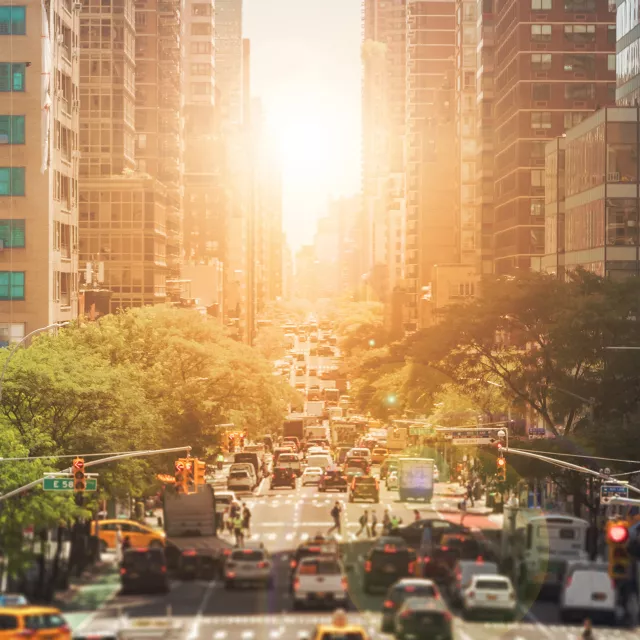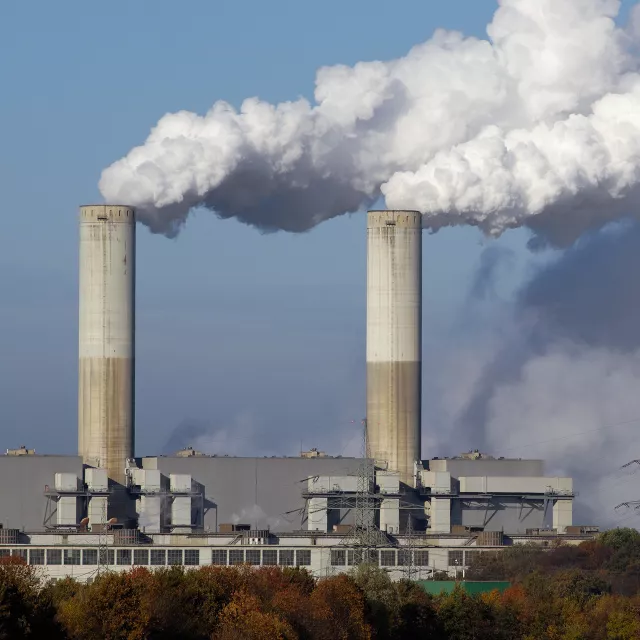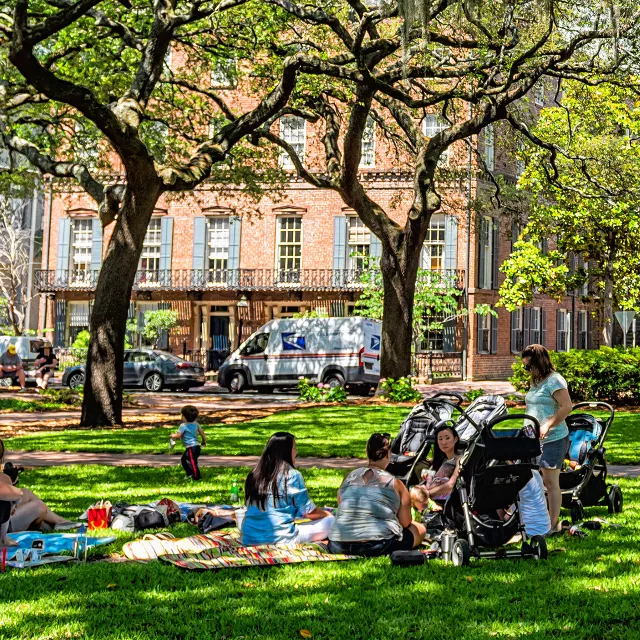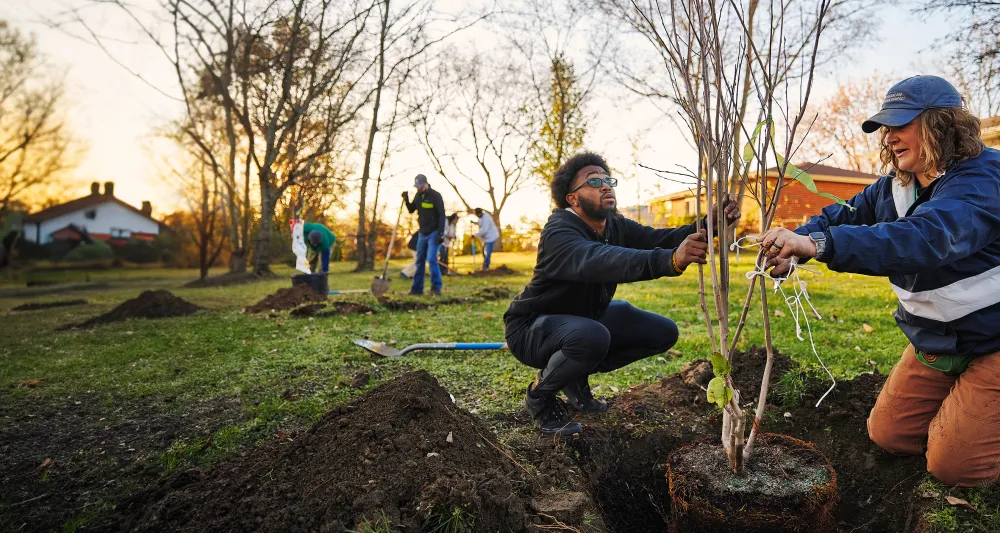Trees do so much for our communities. Regardless of why a neighborhood tree gets planted in the first place, it offers profound layers of good.
With more people moving to urban areas, trees help us keep pace and ensure our growing communities remain healthy. Trees clean our air, cool our cities, and safeguard us from stronger storms. They also create a home for birds, bugs, and critters, which bring a neighborhood to life. Trees in our yards and parks strengthen neighborhood bonds that lead to happier and safer communities, too.
Creating safer, healthier communities

Trees and urban heat
As extreme heat kills more Americans than hurricanes, tornadoes, and floods each year, the cooling relief from a tree’s shade can literally be lifesaving. The shade from a well-canopied street can reduce temperatures by up to 10 degrees.

Protection from storms
As climate change is making storms of all kinds more severe, trees stand tall against extreme weather. A single mature tree intercepts up to 1,000 gallons of rainfall annually to slow floods. They prevent soil erosion and stormwater runoff from reaching our city’s waterways to keep our water supplies clean. They even provide protection for our yards and homes from high winds that often accompany storms.

Trees make us happier and healthier
Trees are nature’s public health tool. People living in proximity to trees and green space report higher rates of exercise and better physical health outcomes. In fact, high-canopy neighborhoods have 75% lower rates of childhood asthma compared to communities with too few trees. Additionally, those living near trees show lower rates of depression and generally report being happier.

Trees and air quality
Trees act as natural air filters, capturing airborne contaminants before we breathe them in ourselves. Their ability to lower air temperatures also impacts the quality of the air in our neighborhoods and cities.
Growing quality of life

Economic impact of trees
Trees have economic benefits for individuals and the community at large. Homes with trees in their yard enjoy property value increases of more than $30 billion, annually, in the U.S. Thoughtfully-placed trees offering a home summertime shade and winter wind protection can reduce energy bills, too. Community trees also ensure half a million Americans have jobs in the urban forestry industry.

Strengthening neighborhood bonds
Trees and green spaces are where life happens. When the outdoors is inviting, neighbors meet and strengthen bonds. When neighbors know one another, they look out for each other. Crime rates are often lowered in communities with more trees, too.

Making a house a home
A home starts in the yard — with trees. Trees exist on a different timeline – it can give a neighborhood a sense of place and ensure people want to stay and create a life.

Forests help communities, too
They may not be visible from your block, but the trees in our forestlands are providing immeasurable benefits to our communities, too. The drinking water for more than half of all Americans is filtered through our forests before it reaches the tap. These trees planted at scale also pull carbon out of the air and help to slow climate change, which impacts our communities in the form of stronger storms and dangerous heat waves.

Local action for global good
While trees do good wherever they’re planted, we focus our efforts on areas where trees can have the greatest positive impact on people’s lives. Our vast and vibrant network makes this work come to life wherever there’s a need.
We champion our partners with the resources, recognition, and community to help them make a green, meaningful difference for the long-term. We’ve been doing it for more than 50 years, and we’re just getting started.
Get trees to your community
Whether you’re an individual wanting to plant in your yard or an organization looking to partner with us in your city, we make it easy to get started.
Corporate partnerships
Support meaningful community projects while meeting your sustainability goals.
Tree planting organization
Join a sprawling network of passionate organizers and bold doers.
Take Action Today
Trees are needed now more than ever to slow climate change, improved wildlife habitat, strengthen our communities, and provide equitable access to green space. And the Arbor Day Foundation is ready to plant trees at the scale needed in this moment.
How to support our mission
Founded in 1972, the Arbor Day Foundation is a global nonprofit dedicated to planting trees. Our strength is in network — a diverse group of individuals, municipalities, corporations, and planting organizations that enable us to plant trees around the world.
Fighting climate change
Learn how trees and forests are working on the frontlines to help slow climate change.
